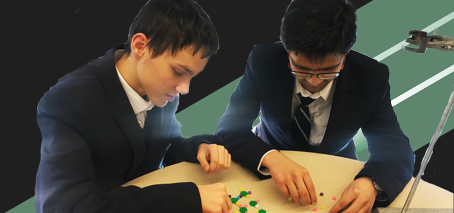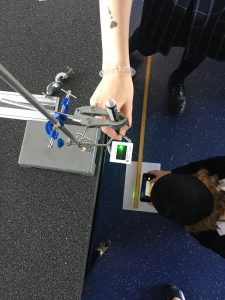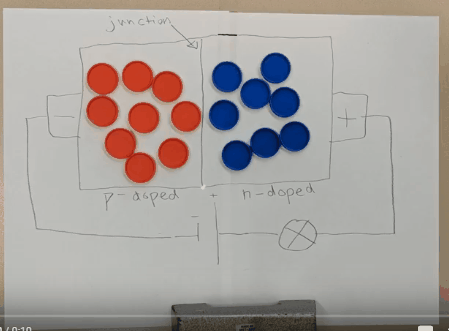
After doing Elena’s semiconductor lesson, JMSS students developed this fantastic stop-motion demonstration of a diode in action
FLEET is currently helping to run a Year 10 ‘Future electronics’ course in partnership with John Monash Science School, Victoria.
As well as covering the history of semiconductors and computing, and introducing students to Moore’s Law, the course will also be most students’ first introduction to quantum science, and will be Australia’s first introduction to superfluids and topological materials at the secondary school level. (In fact as far as we know, the first introduction of this science to any secondary school.)
For FLEET, it’s a wonderful opportunity to fine-tune our own explanations of these topics. With the field of topological materials being relatively new, for example, the most effective explanations have not yet been agreed upon. (And we are determined to do better than waving coffee mugs and donuts at the students). We have charged the students with helping us to improve these explanations, asking them to tell us when we stop making sense!
FLEET members have been helping to develop the courses, and so far the students have:
- Developed an atomic understanding of electrical conduction and the roles of electrons and holes, in two lessons written by Elena Ostrovskaya (ANU)
- Been introduced to the function and construction of transistors, and their use in increasingly complex AND/OR logic circuits, in a series of lessons written by Chang Liu (Monash)
- Connected binary numbers to digital computing, in a lesson written by Harley Scammell (UNSW)
- Discovered the wonderfully counter-intuitive world of quantum science (not usually introduced until Y11 or Y12 physics) including wave-particle duality and uncertainty and carrying out their own measurements of Young’s two-slit experiment, with Errol Hunt (FLEET)
- Superfluids and excitons with Dmitry Efimkin (Monash)
- Topology (Dianne Ruka) and topological materials (Michael Fuhrer)
- Ultra-cold atomic physics, with Carlos Kuhn (Swinburne)
- Quantum computing,with Nick Menicucci (CQC2T Centre/RMIT).
Other members are developing lessons on 2D materials (Semonti Bhattacharyya at Monash), ICT energy issues, data centres, liquid metals (Torben Daeneke at RMIT), nanomaterials and synchrotron science (Anton Tadich).
The course is intended to build a broad, intuitive understanding of the issues among the students. Whenever possible, the new content has avoided mathematical derivations (with a few exceptions), and involved hands-on / discussion exercises that cement the new knowledge.
Following this fairly ‘experimental’ introductory year, we hope to fine-tune the content and potentially make the unit available to other schools.
Errol Hunt (FLEET)
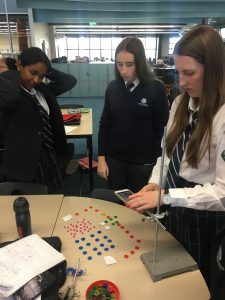
Students developing stop-motion of a diode in action, following Elena Ostrovskaya’s semiconductor lesson

Building computing functions from smaller units
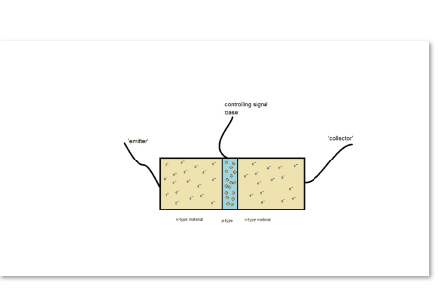
Building up from construction/function of a transistor to logic circuits

